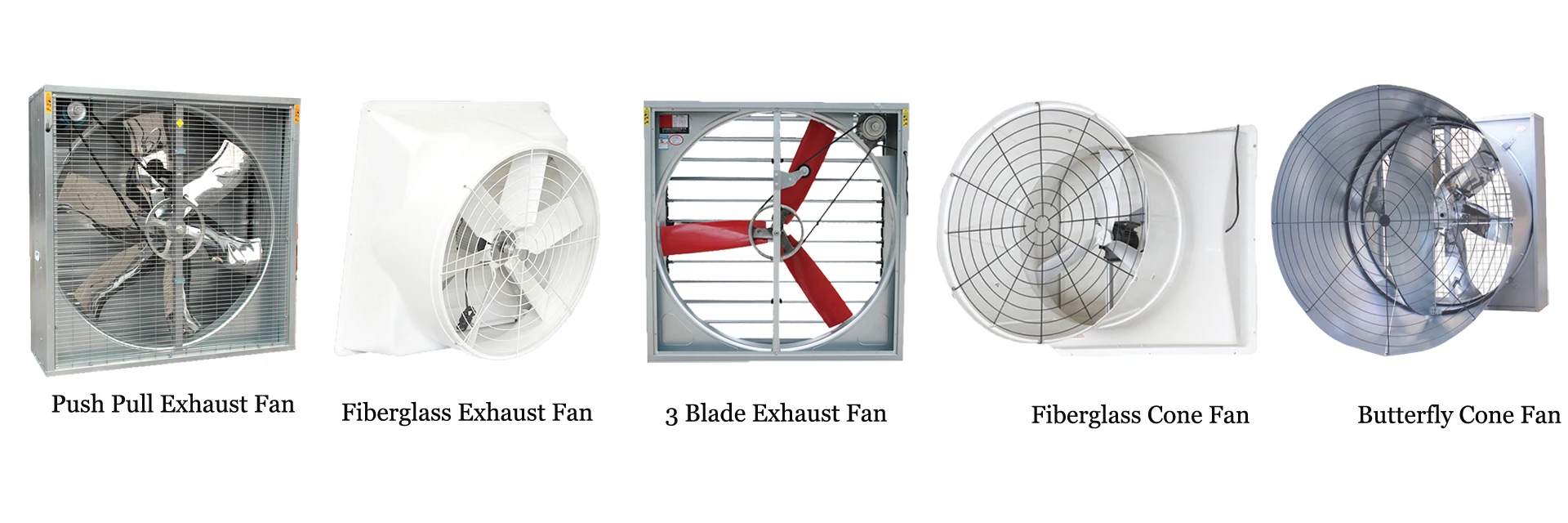h type layer chicken cage
11 月 . 22, 2024 04:26 Back to list
h type layer chicken cage
Understanding H-Type Layer Chicken Cages A Comprehensive Overview
In the poultry industry, efficient and humane farming practices are vital for maximizing productivity and ensuring animal welfare. One significant advancement in this field is the development of H-type layer chicken cages. These cages have gained popularity among poultry farmers due to their innovative design and numerous benefits. This article explores the features, advantages, and considerations surrounding H-type layer chicken cages.
The Design of H-Type Layer Chicken Cages
H-type layer chicken cages are typically designed in a tiered, vertical structure that allows for multiple layers of hens. Each tier consists of individual compartments or cages, providing an enclosed space for each hen. This design maximizes the use of limited floor space, which is particularly beneficial for commercial poultry farms operating on smaller plots of land.
The cages are often constructed from sturdy materials such as galvanized steel, ensuring durability and longevity. Openings for ventilation and feeding systems are strategically placed to ensure optimum comfort for the birds. The H-type configuration allows for easy access to each tier, making feeding, cleaning, and egg collection more efficient.
Benefits of H-Type Layer Chicken Cages
1. Space Efficiency One of the most significant advantages of H-type cages is their ability to maximize space. By stacking layers vertically, poultry farmers can raise a larger number of hens in a smaller footprint, significantly increasing stocking density and overall production potential.
2. Improved Hygiene H-type cages promote better hygiene standards. The design minimizes the risk of disease transmission among birds by reducing direct contact. Additionally, the ease of access allows for regular cleaning and maintenance, which is crucial for maintaining flock health.
3. Enhanced Egg Production Research has shown that hens housed in H-type cages tend to have higher egg production rates compared to those in traditional systems. The controlled environment reduces stress and provides consistent access to food and water, contributing to better laying performance.
4. Labor Efficiency The design of H-type cages simplifies daily management tasks. Automated feeding and watering systems can be integrated easily, allowing farmers to reduce labor costs and time spent on routine chores. Egg collection systems are also designed to streamline the harvest process, reducing labor requirements.
h type layer chicken cage

5. Animal Welfare While debates about animal welfare and battery cages persist, H-type cages are designed with the well-being of the hens in mind. The cages typically allow for better movement and comfort compared to traditional systems. Farmers are encouraged to ensure proper stocking density and provide enrichment to enhance the hens' quality of life.
Considerations for Farmers
While H-type layer chicken cages offer numerous benefits, farmers must consider several factors before making the switch
1. Initial Investment The transition to H-type cages can involve significant initial costs. Farmers need to evaluate their financial capacity and the return on investment over time.
2. Regulations and Compliance Various regions have regulations governing the use of poultry housing systems. Farmers must ensure their H-type cages comply with local animal welfare standards and guidelines.
3. Management Skills Operating a layer farm using H-type cages may require specific management skills and knowledge. Farmers should invest in training and resources to optimize their operations.
4. Market Demand and Consumer Preferences It’s essential to stay informed about market trends and consumer preferences related to poultry farming. Some consumers actively seek eggs produced under more humane conditions, influencing purchasing decisions.
Conclusion
H-type layer chicken cages represent a significant evolution in poultry farming, combining efficiency with enhanced animal welfare. By maximizing space, promoting hygiene, and improving layer performance, they provide a viable solution for modern poultry producers. However, thoughtful planning and consideration of financial, regulatory, and management aspects are crucial for successful implementation. As the industry continues to evolve, H-type layer chicken cages will likely play a pivotal role in meeting the growing demand for poultry products worldwide while adhering to welfare standards.
-
school
NewsJul.10,2025
-
Vacuum Packing Machine - Efficient & Reliable Vacuum Packaging Solutions for Food & Industrial Use
NewsJun.10,2025
-
High-Quality European Rabbit Cage Durable Welded Rabbit Cage Wire Mesh Supplier
NewsJun.10,2025
-
High-Efficiency Air Inlet Window for Optimal Poultry Ventilation & Cooling
NewsMay.30,2025
-
High-Efficiency Evaporative Cooling Pads Durable & Energy-Saving
NewsMay.30,2025
-
Automatic Egg Collecting Machine High-Efficiency Poultry Farm Solutions
NewsMay.29,2025






